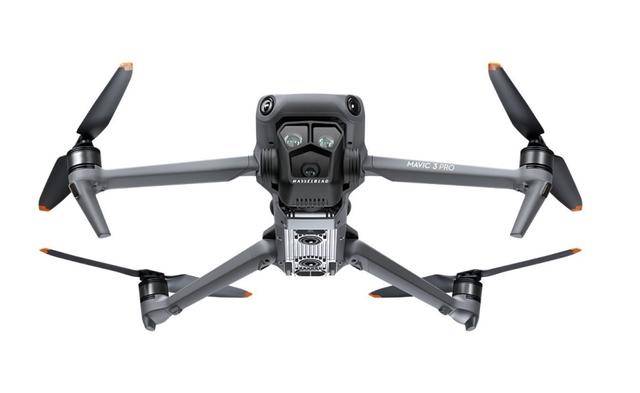Thermographic camera drones have widespread potential, particularly in security operations, where they can monitor vast areas effortlessly, day or night. This technology is not limited by visibility conditions, making it a game-changer during nocturnal operations or in adverse weather. Conventional cameras often fail under these circumstances, but thermographic cameras excel by highlighting differences in heat signatures.
Applications in Surveillance
In the realm of surveillance, thermographic camera drones provide significant advantages. They are used extensively for border patrols, wildlife conservation, and firefighting. The drones can spot unauthorized entries, track animal movements or poachers, and locate hotspots in wildfires, aiding in efficient and effective operations. These applications showcase the adaptability of thermographic drones, making them indispensable tools for law enforcement and environmental agencies alike.
Additionally, industrial sectors such as construction and power generation benefit greatly from this technology. By inspecting large infrastructure, identifying leaks, or assessing equipment conditions, companies can prevent costly repairs and ensure safety standards are met without direct human intervention. This efficiency is a testament to the power of integrated thermographic camera systems.
Enhancing Security Measures
With security being a top priority globally, thermographic camera drones offer a discrete yet robust solution for surveillance. Their ability to autonomously monitor perimeters and analyze thermal data ensures nothing gets overlooked. The integration of AI with these drones further enhances their capacity to provide real-time alerts and detailed analytics, facilitating quick decision-making and response.
Challenges and Future Prospects
While the benefits of thermographic camera drone technology are clear, challenges such as high initial costs and regulatory constraints persist. The legality of drone operations in various regions can limit their deployment, although advancements in legislation continue to seek a balance between privacy and security.
Despite these challenges, continuous innovation and adaptation promise a future where thermographic camera drones become ubiquitous. As technology progresses, costs are expected to decrease, making this technology accessible to more sectors. Furthermore, the integration of machine learning and AI can expand the capabilities of thermographic cameras, allowing for more precise data interpretation and predictive analytics.
Looking ahead, the potential for further integration into other systems such as autonomous vehicles and smart cities could reshape the landscape of surveillance and safety measures, paving the way for unprecedented advancements.

FAQ
A: These drones capture infrared radiation emitted by objects or living beings, providing an image based on heat signatures. This allows for detection and analysis regardless of lighting conditions.
A: Yes, privacy concerns exist, similar to other surveillance technologies. However, regulations are in place to govern their usage and balance security needs with individual rights.
Q: Can thermographic drones be used in civilian applications?
A: Absolutely, they find use in various civilian fields like agriculture for crop monitoring and healthcare in identifying heat patterns in patients, showcasing their versatility and potential.